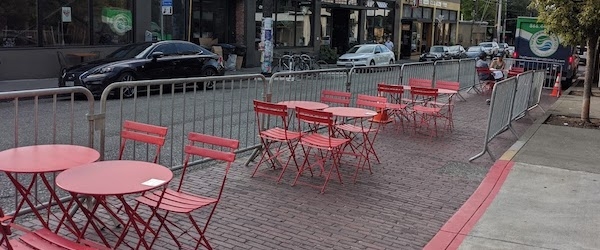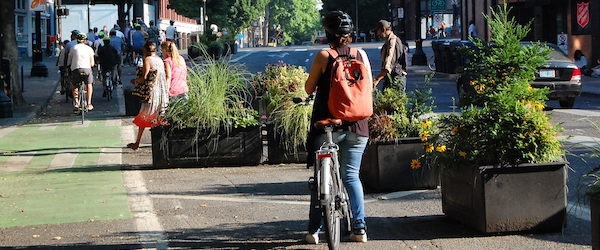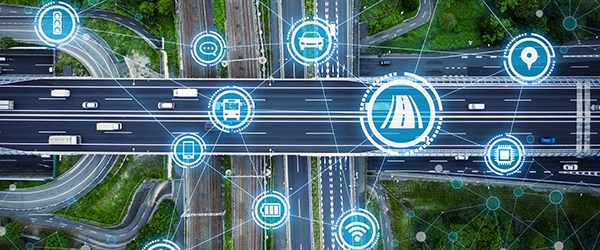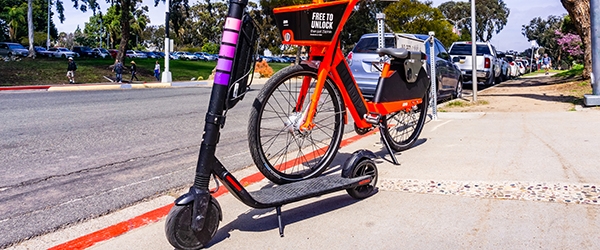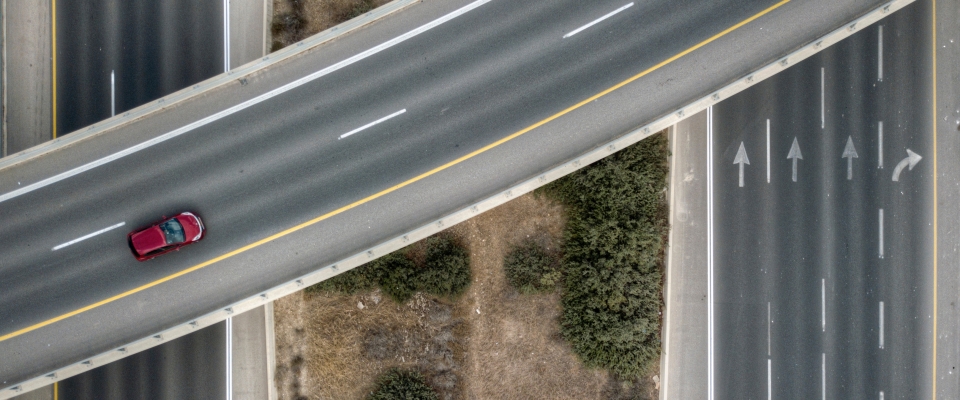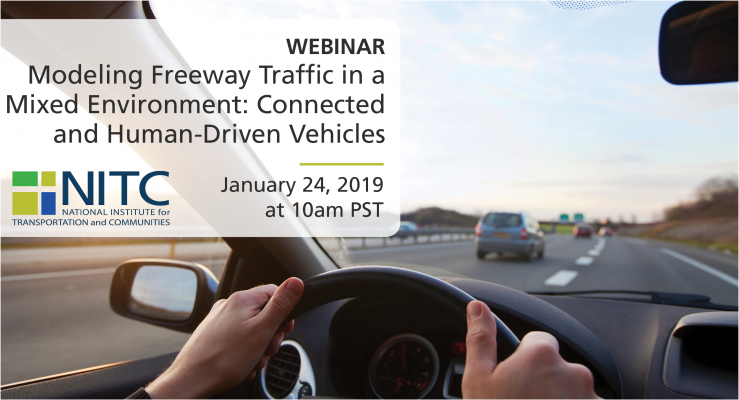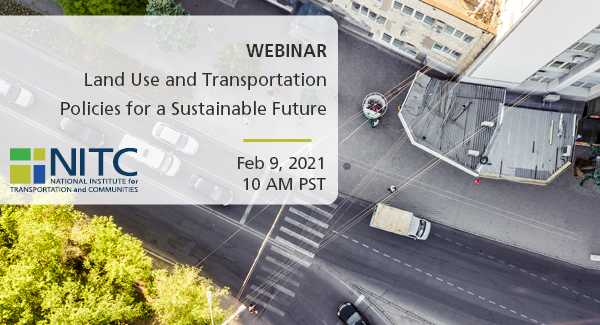PRESENTATION ARCHIVE
OVERVIEW
Even though there are tremendous uncertainties in the timing and evolution path of the Autonomous Vehicles (AV) technology, it may become a likely reality within most MPOs' long-range regional transportation plan horizon of twenty years. Yet a recent survey of the largest MPOs in the US indicates only one of them "even mentions driverless, automated, or autonomous vehicles in its most recent RTP". One of the uncertainties in assessing the impacts of AV is their direction: on one hand, self-driving cars could increase VMT by increasing roadway capacity, lowering costs of travel; on the other, they may reduce VMT by enabling more car-sharing, improving access to transit, eliminating the fixed costs of car ownership, and reclaiming parking space. To date, there is no suitable conceptual framework or modeling tools available to MPOs for quantitatively assessing the likely long-term effects of AV or potential policy scenarios.
This project studies the possible impacts on travel and land use of the emerging AV technology and focuses on advancing this innovative mobility option by...
Read more
